Introduction
Did you know that hydroponics has been around for thousands of years? While modern hydroponic farming systems use advanced technology, the concept of soilless farming has deep historical roots. From the Hanging Gardens of Babylon to NASA hydroponics, civilizations have developed innovative ways to grow plants without soil. In this article, we explore the fascinating history of hydroponics, showing how past discoveries have shaped the future of hydroponics.
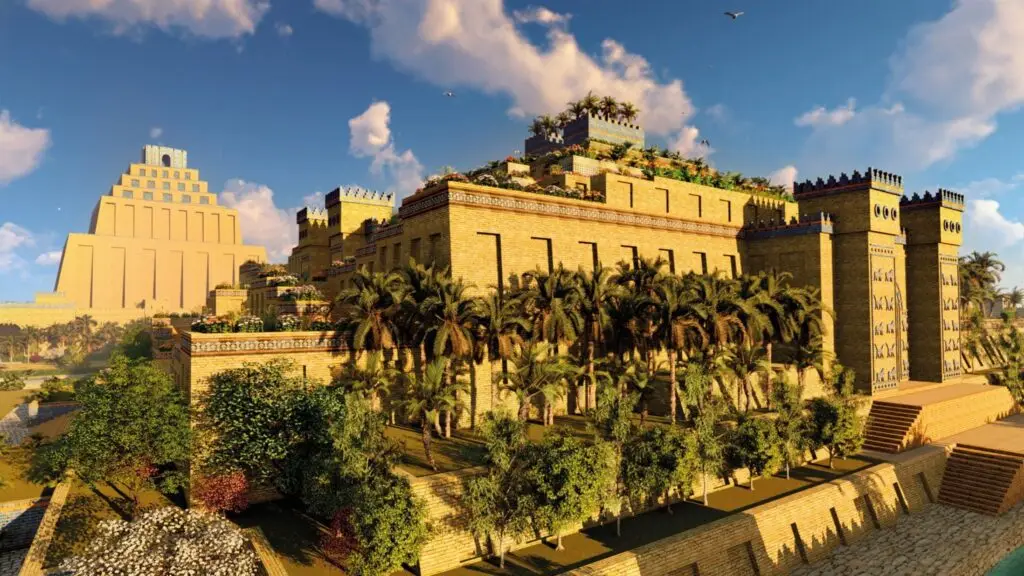
Ancient Hydroponic Practices
Hanging Gardens of Babylon (600 BCE)
One of the most famous wonders of the ancient world, the Hanging Gardens of Babylon, may have been an early form of hydroponic farming. Some historians believe these gardens used a sophisticated irrigation system, similar to today’s hydroponic systems, to provide plants with water and nutrients.
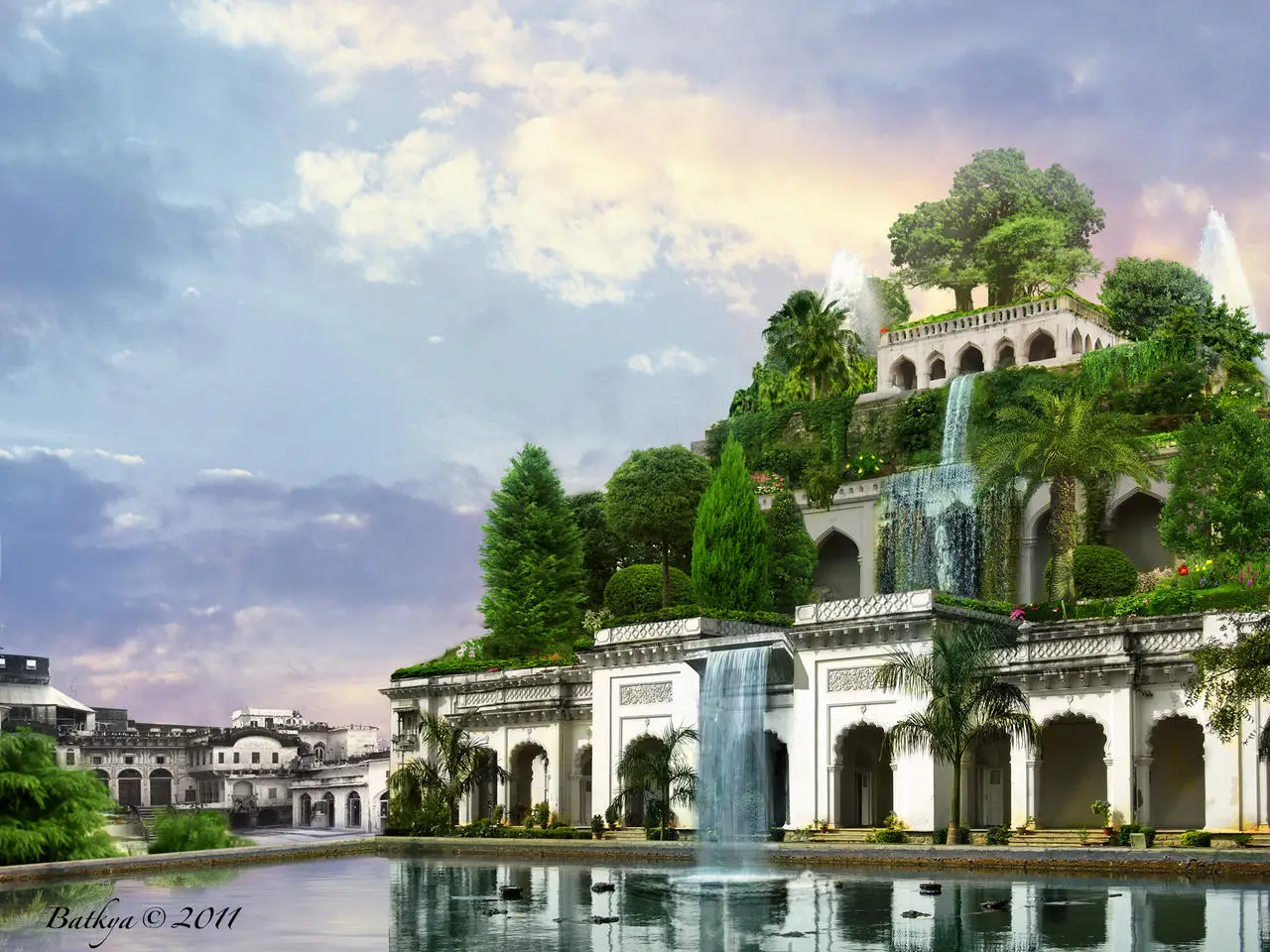
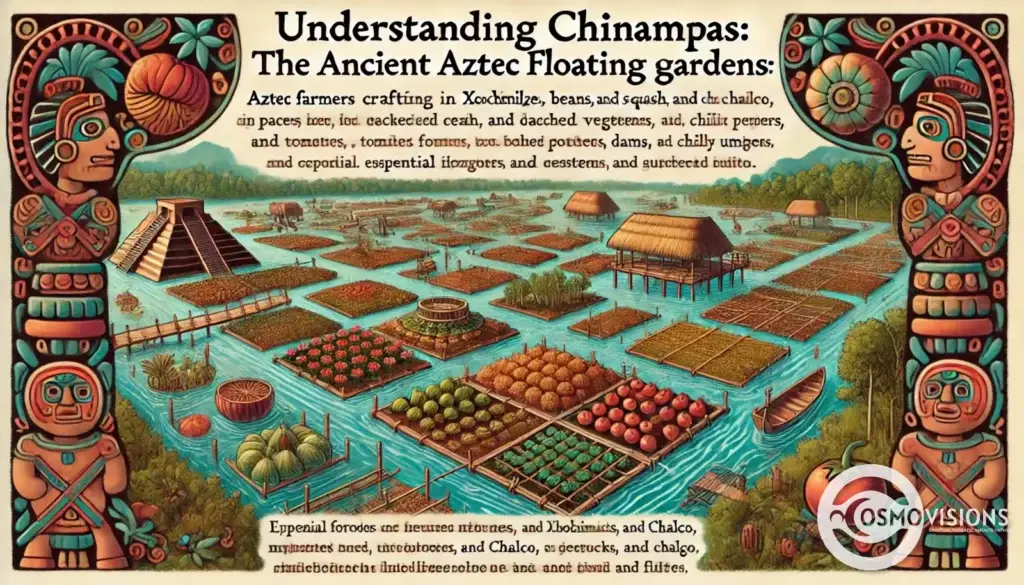
Aztec Chinampas (1100s-1500s CE)
The Aztec chinampas, or “floating gardens,” were an advanced soilless farming technique. Built on rafts covered with vegetation and nutrient-rich soil, these gardens allowed plants to grow with their roots submerged in water-based nutrient solutions. This method mirrors modern floating raft hydroponics, demonstrating the effectiveness of ancient hydroponic techniques.
Ancient Egyptian Water Gardens (300 BCE)
The Egyptians also experimented with soilless plant growth, using the Nile River to germinate seeds and support plant life. Some historical texts suggest that Egyptian hydroponics involved early versions of nutrient film technique (NFT), where roots absorbed minerals directly from water sources.
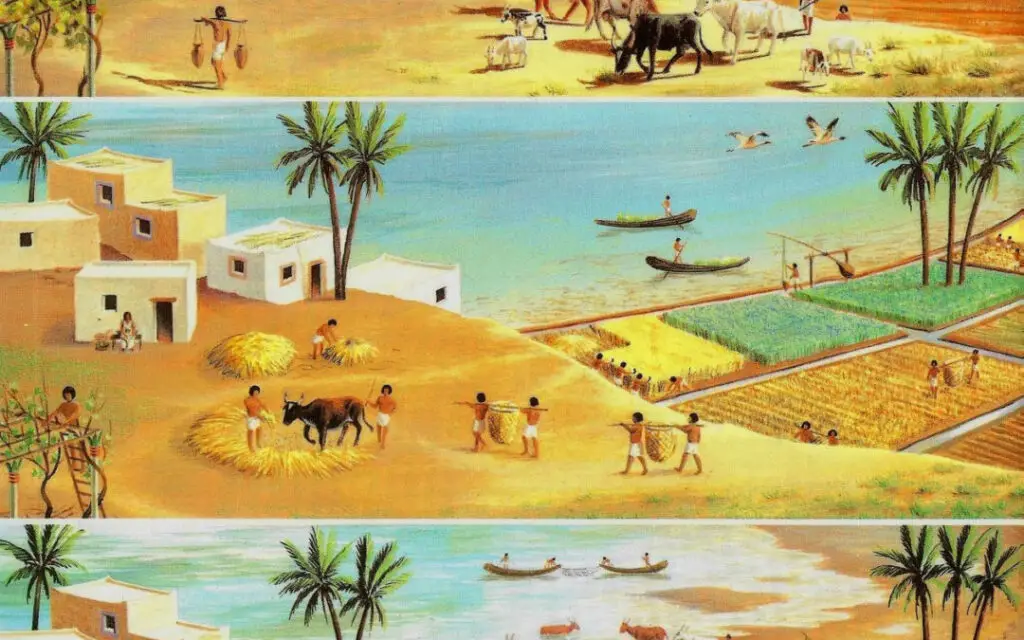
Early Scientific Discoveries in Hydroponics
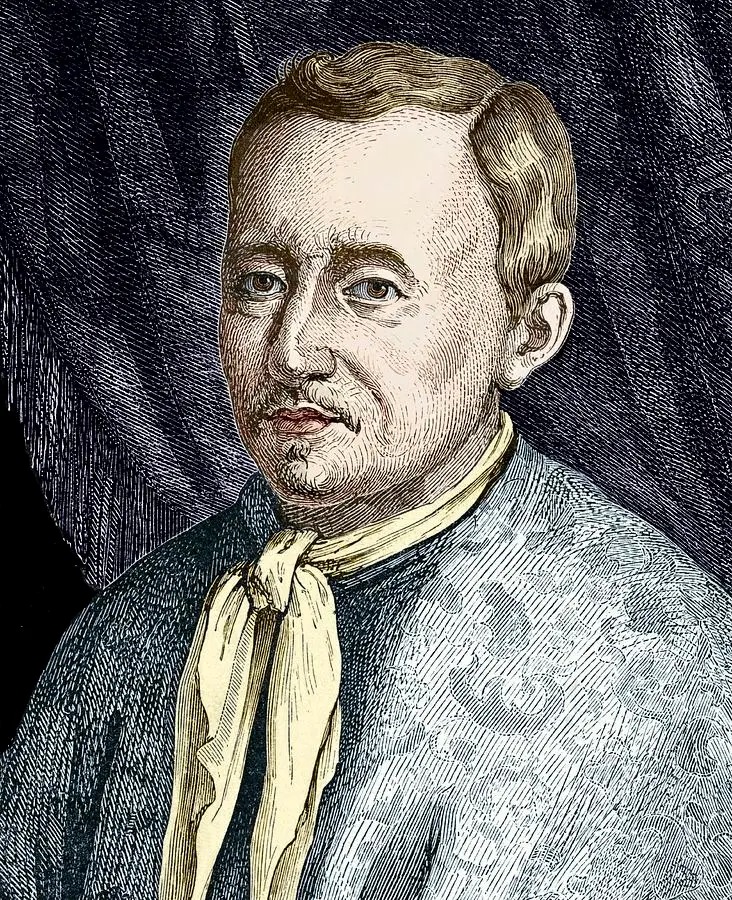
1600s: Jan van Helmont’s Experiment
In the 17th century, scientist Jan van Helmont discovered that plants gain mass from water rather than soil. This groundbreaking research laid the foundation for soilless farming methods used in modern hydroponics.
1699: John Woodward’s Hydroponic Studies
John Woodward experimented with growing plants in water containing various minerals. His findings confirmed that plants thrive in nutrient-rich water, forming the basis of today’s hydroponic nutrient solutions.

The Birth of Modern Hydroponics (20th Century)
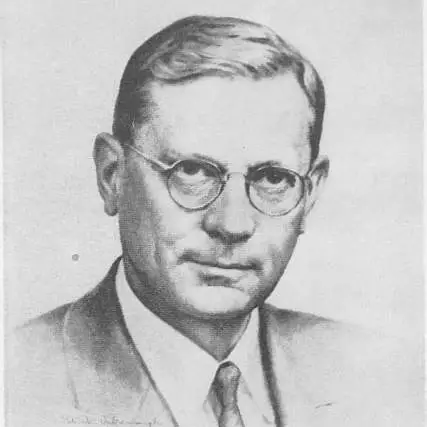
1930s: Dr. William Frederick Gericke Coins ‘Hydroponics’
In the 1930s, Dr. William Frederick Gericke pioneered large-scale hydroponic farming, proving that plants could be grown successfully without soil. He coined the term hydroponics, from the Greek words “hydro” (water) and “ponos” (labor), which led to a major shift in soilless plant cultivation.
1940s: Hydroponics During World War II
During World War II, the U.S. military used hydroponic systems to provide fresh vegetables for troops stationed in remote Pacific islands. This marked one of the first large-scale applications of commercial hydroponics, proving its efficiency in food production.
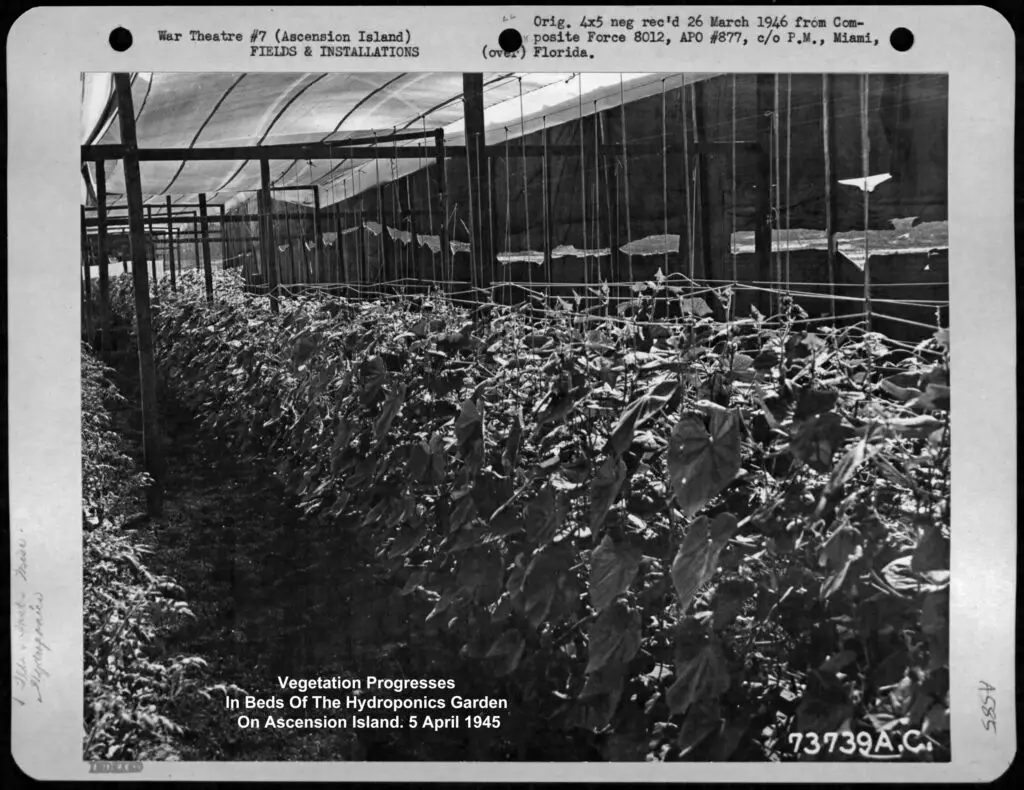
NASA and the Future of Hydroponics
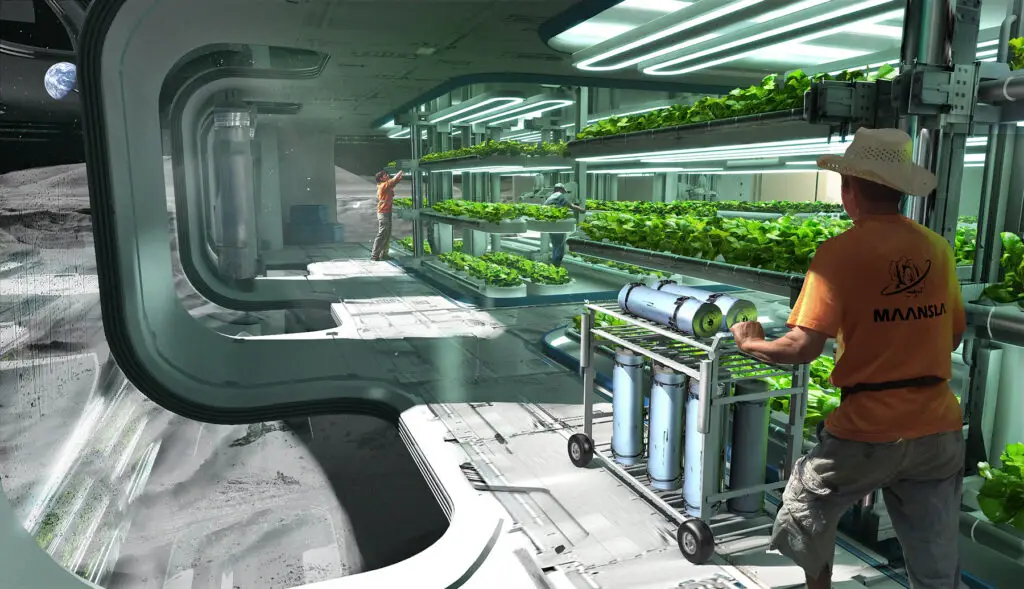
1960s-Present: NASA’s Space Hydroponics
Since the 1960s, NASA hydroponics research has focused on growing food for space missions. Their closed-loop hydroponic systems recycle water and nutrients, making them ideal for long-term space travel. Future Mars hydroponics projects may rely on these technologies to sustain astronauts.
Conclusion
From ancient hydroponics to space farming, the evolution of soilless agriculture has been remarkable. Understanding the history of hydroponics helps us appreciate how past innovations influence today’s hydroponic systems.
In our next article, we will explore how to start your own hydroponic setup—even on a budget. Stay tuned for practical tips and affordable solutions!